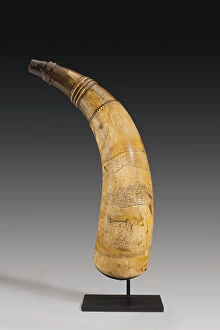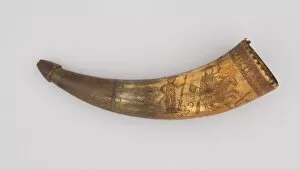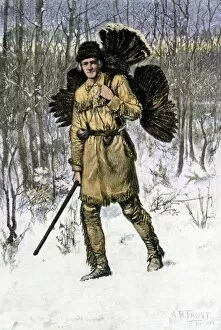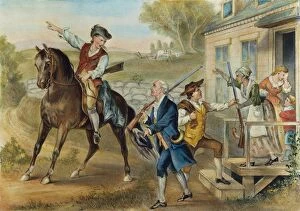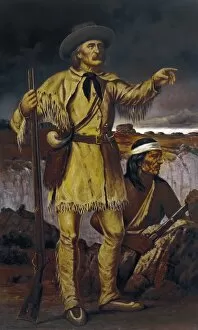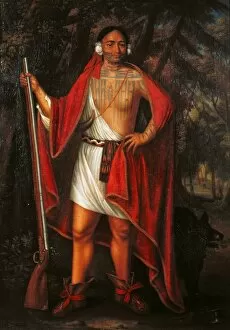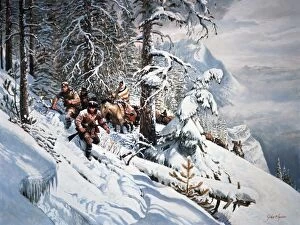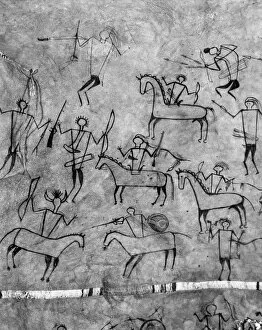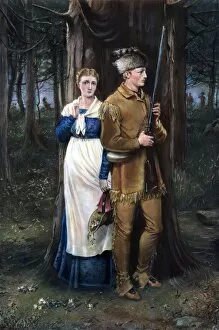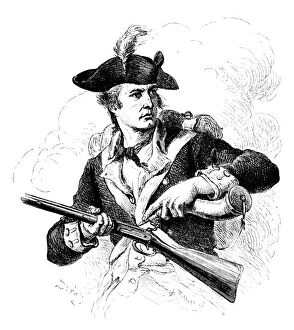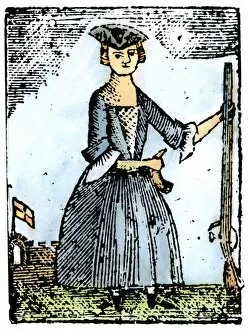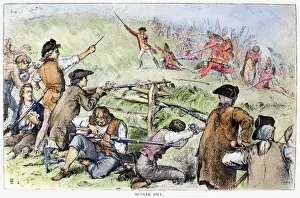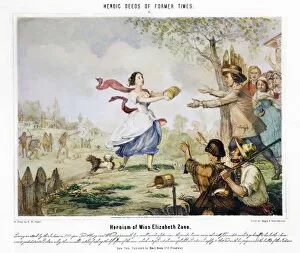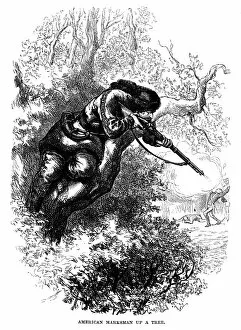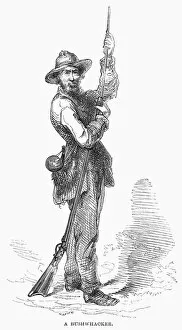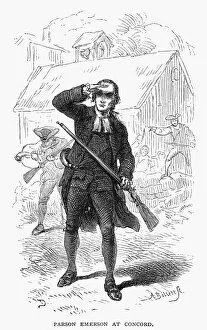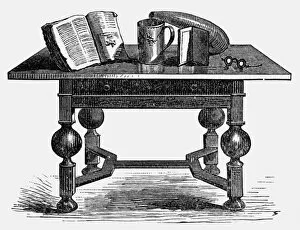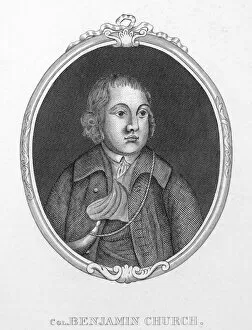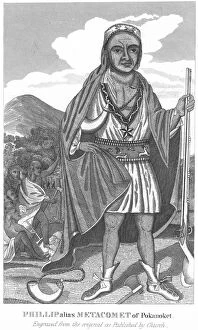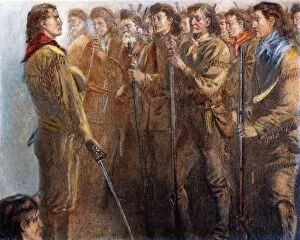Powder Horn Collection (#2)
"From Davy Crockett to Philip Metacomet: The Legacy of the Powder Horn" The powder horn, a timeless symbol of frontier life and Native American culture
For sale as Licensed Images
Choose your image, Select your licence and Download the media
"From Davy Crockett to Philip Metacomet: The Legacy of the Powder Horn" The powder horn, a timeless symbol of frontier life and Native American culture, has left its mark on history through the hands of legendary figures. In an 1883 wood engraving, we see Davy Crockett, the iconic American frontiersman, clutching his trusty powder horn as he fearlessly navigates uncharted territories. But it wasn't just pioneers like Crockett who relied on this essential tool. Wampanoag Native American chief Philip Metacomet is immortalized in a copper engraving by Paul Revere from 1772, proudly displaying his own intricately carved powder horn. These engravings serve as testaments to the importance of this item in both European and Indigenous cultures. Karl Bodmer's aquatint engraving captures a Blackfoot Native American man astride his horse at Fort McKenzie in Montana. With a powder horn slung over his shoulder, he embodies the spirit of freedom and self-reliance that defined many Indigenous tribes during this era. Delving into history reveals various iterations of these indispensable accessories. A priming flask from the 17th-18th century showcases exquisite craftsmanship with its ivory construction. Meanwhile, James M. Lawson's 1937 creation reflects a more modern interpretation with intricate carvings adorning its surface. Margaret Stottlemeyer's c. 1937 piece offers another perspective on design aesthetics with its unique patterns etched onto the surface of her powder horn creation. Cecil Smith's bullet pouch and powder horn combination exemplify practicality fused with artistic flair. William McAuley takes us further into time with multiple creations spanning from 1937 to 1940; each one showcasing different styles and techniques prevalent during those years. Traveling back even further in time brings us face-to-face with two mysterious yet captivating pieces.

